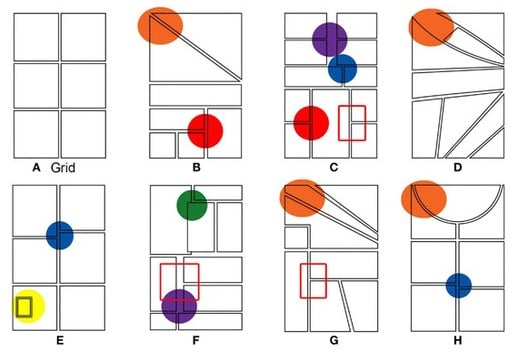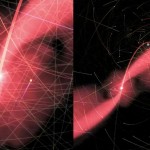
Inside Science recently wrote about the study by UCSD’s Neil Cohn, Navigating Comics, which looks at the underlying structure of the comics language:
People who read the English written word scan text from left to right. Once our eyes hit the end of the page, we stop. Then ding!, like an old-time typewriter, our eyes shift downward and snap back to the left to start reading the next line. This is known as a “Z-path,” as our eyes whip about like the end of Zorro’s sword.
But that linear track gets derailed in comics with complex layouts and Cohn wanted to know if experienced readers had strategies to follow along.
Cohn rustled up 145 participants at the 2004 Comic-Con International, a comic book convention held in San Diego. Participants had varying experience with reading comics, ranging from “never” to “often.”
Each participant was given a booklet containing 12 pages of blank panels. Each page was independent of the rest and used different design techniques.
More news on our tumblr page →

